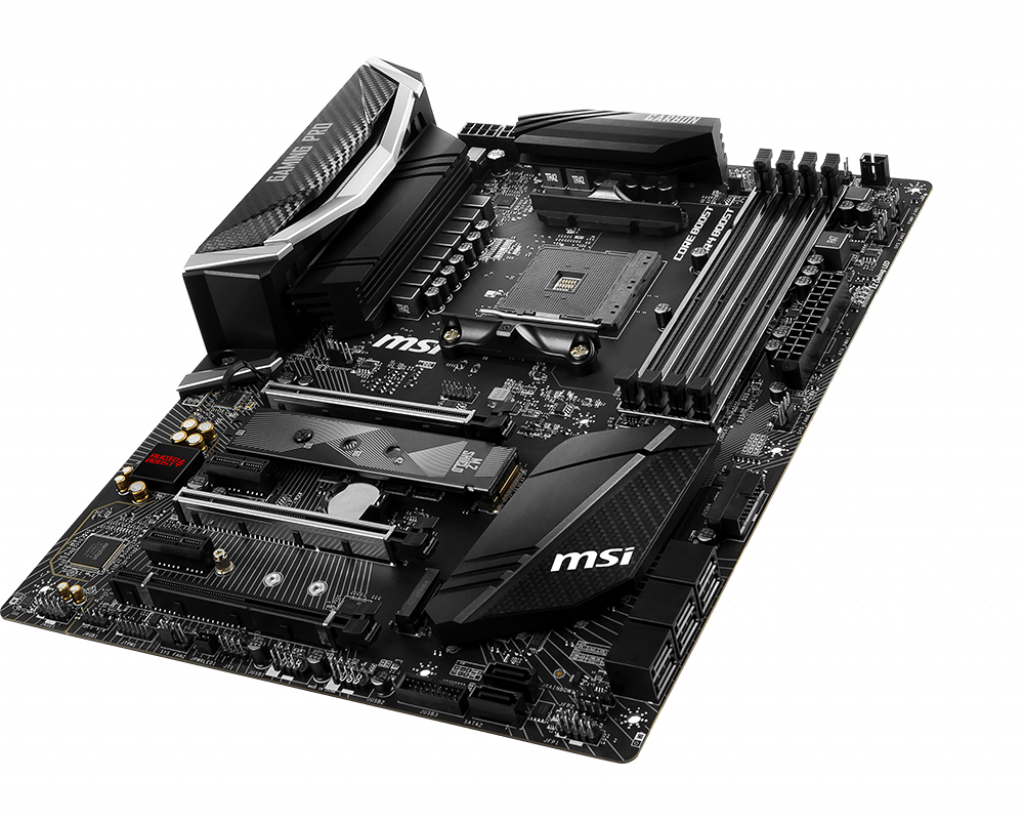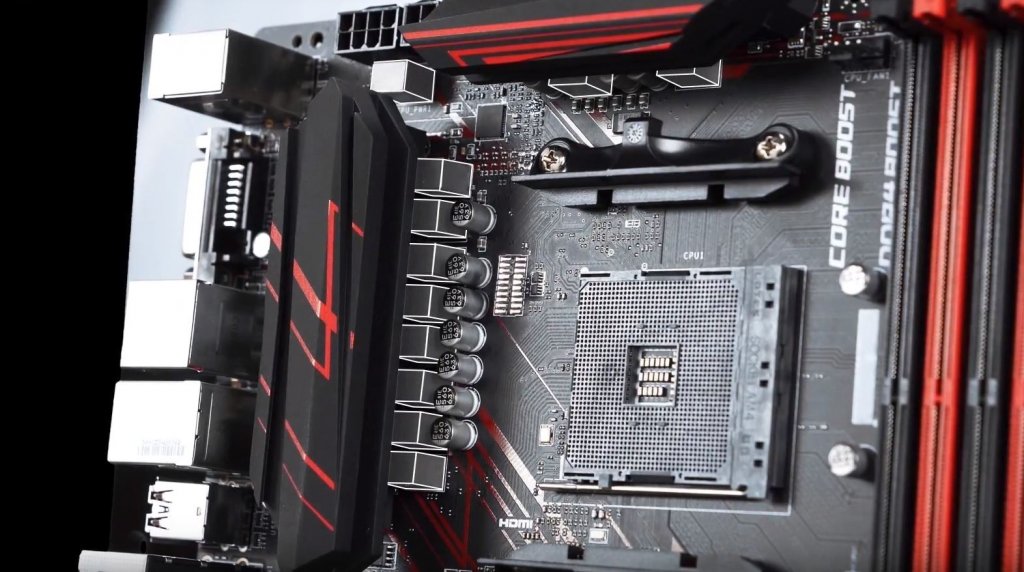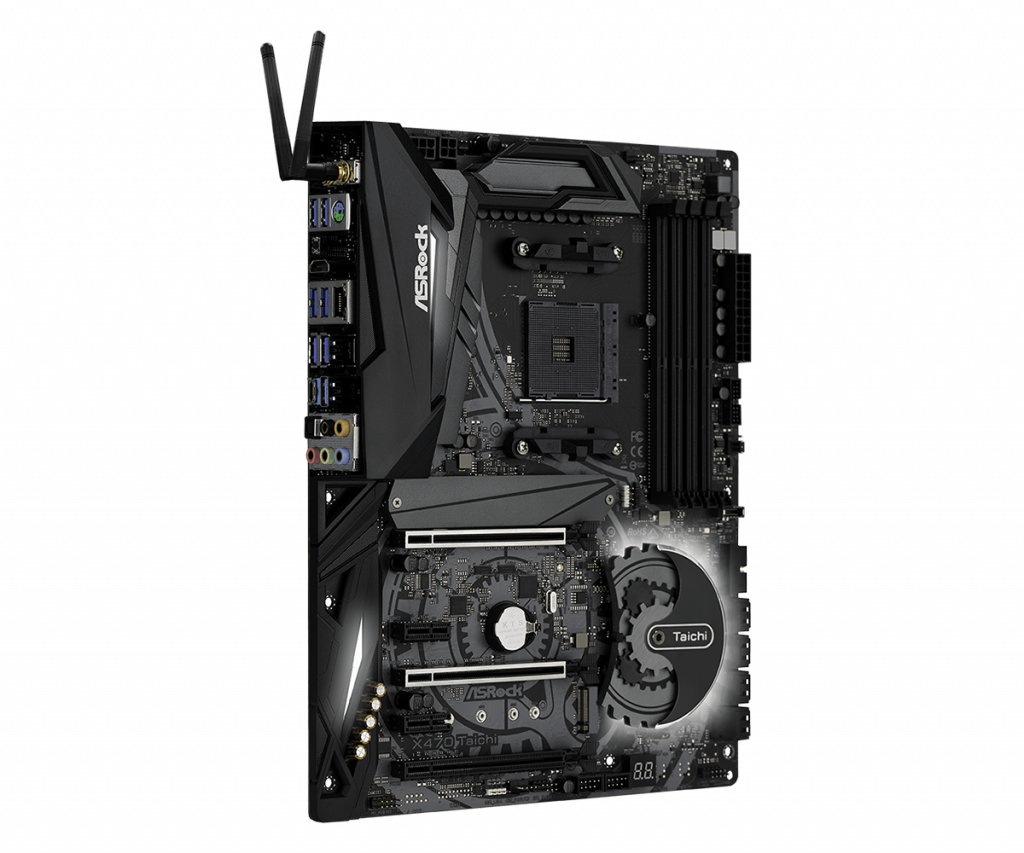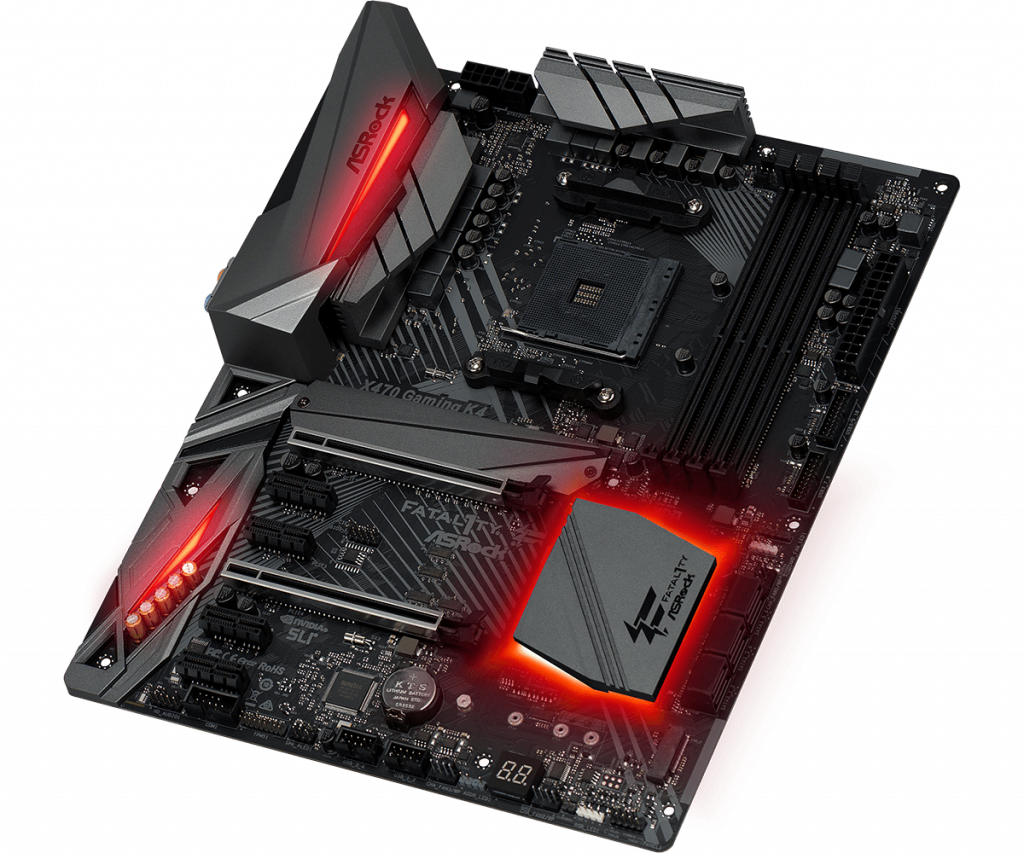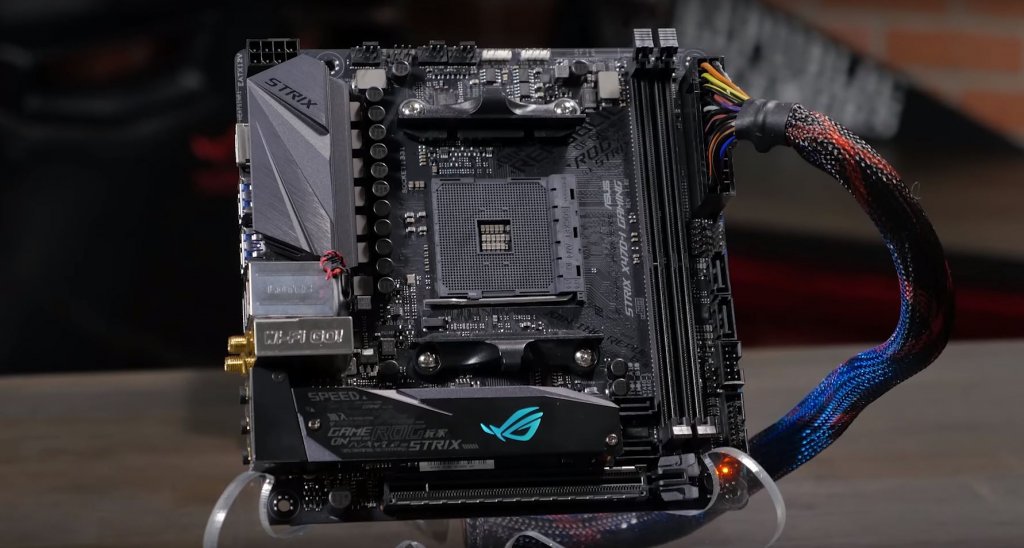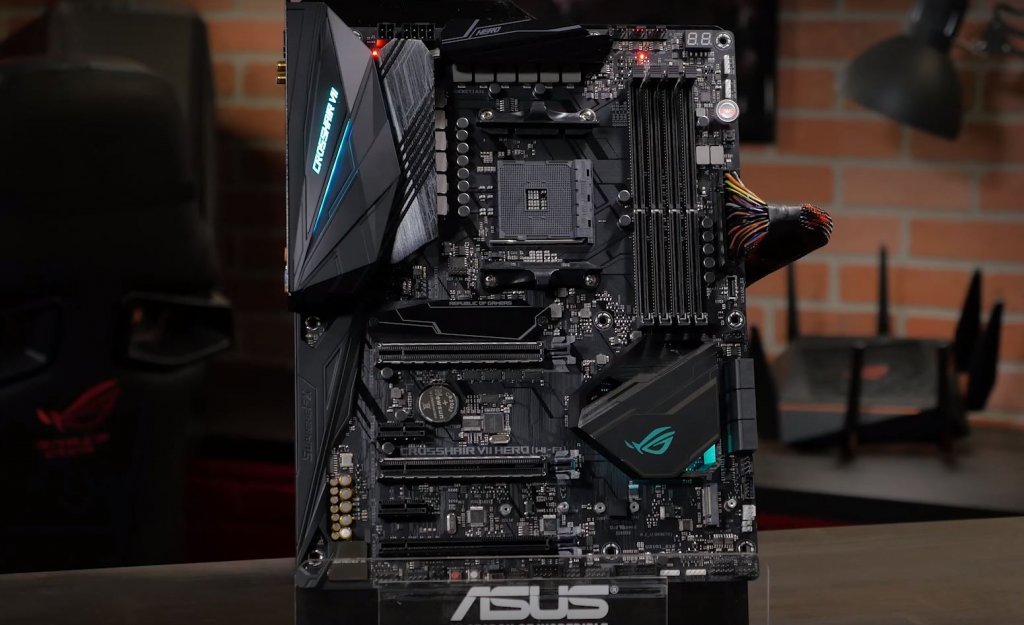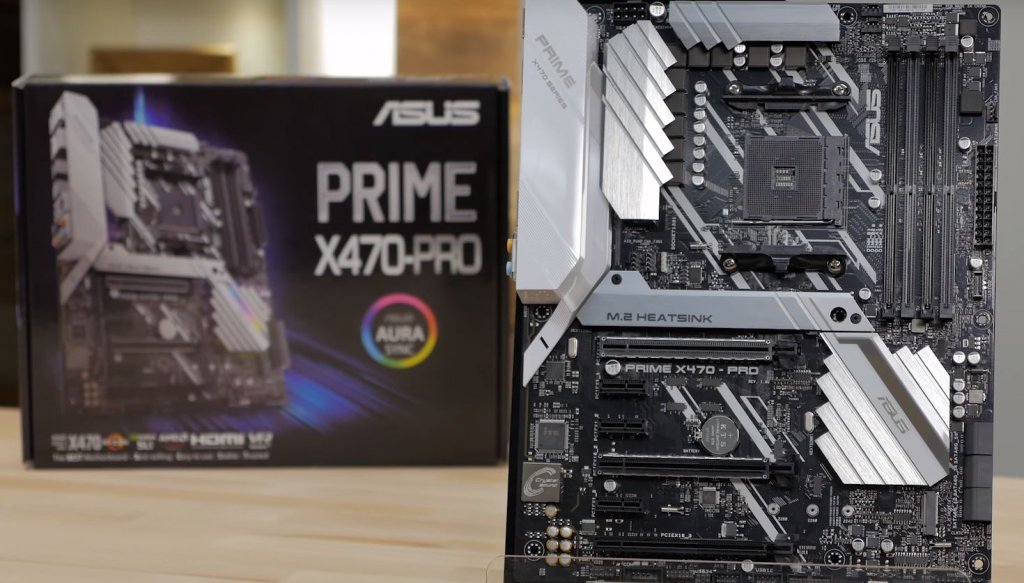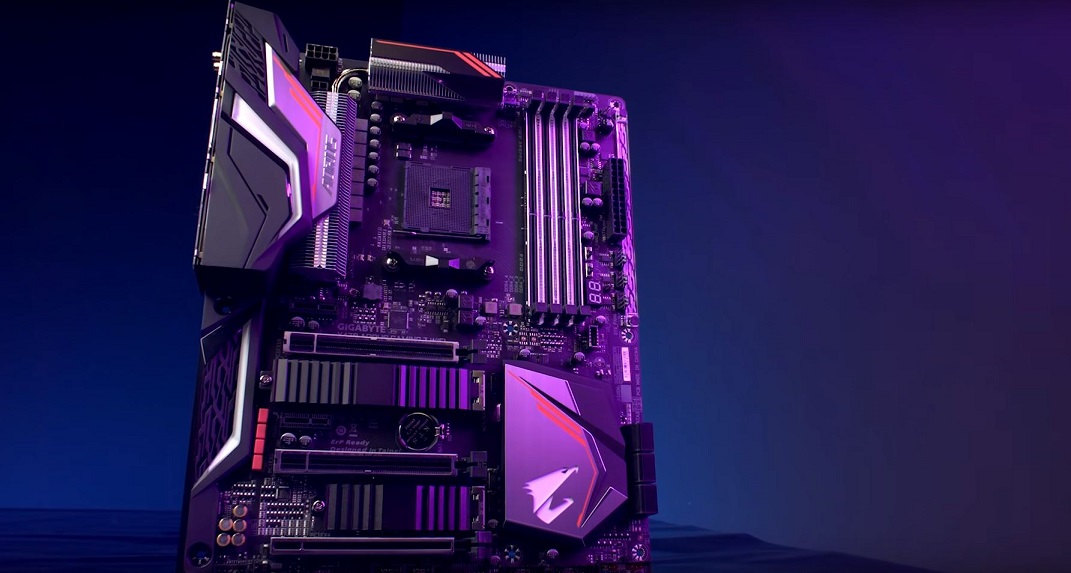
AMD’s brand spankin’ new 3rd-generation Ryzen processors are right around the corner, slated for a release sometime in the 3rd quarter of this year. That gives you and every other PC and AMD fanatic out there only a handful of weeks to prepare a rig for the new chip if you’re planning to buy one.
If you’re one of the many people excited to get these AM4 slot processors, we don’t blame you, as AMD claims they aren’t just cheaper than Intel’s rival CPUs, they’re also supposedly better.
One of the most important dilemmas to solve when considering a new processor is, obviously, the motherboard. Without the right board, not only can the processor not fit, not function, or not live up to the hype, it might also just look ugly, and we can’t have that, can we? No, of course not. So when it comes time for you to consider which motherboard to buy to match your new Ryzen processor, we’ve compiled a list of the best options available on the market right now, using specs, user reviews, and visual appeal as our criteria.
Of course, you could just wait for manufacturers to release the upcoming lineups of x570 motherboards, but if you don’t want to wait, you have no interest in their PCIe 4.0 support just yet, or you simply want to see if your current board makes the cut, this list is for you.
They look slick, they’re powerful, and they’re worthy of Ryzen’s latest technology. Here are the 9 best current-generation (x470) AM4 motherboards compatible and recommended for AMD’s upcoming 3rd gen Ryzen set of processors, grouped by manufacturer.
Prices and availability of products discussed were accurate at time of publication, but are subject to change.
MSI
There are two MSI boards that should be very appealing to the would-be Ryzen buyer. Technically, there are three, but as one of them is simply the newer and better version of the other (Gaming Pro Carbon vs. Gaming Pro), we’re only going to mention two: The x470 Gaming Plus and the x470 Gaming Pro Carbon.
There aren’t a lot of differences between these two boards, but there are a few that could make your decision a lot easier. If you care about lighting, for instance, and want to have enough RGB to light up a Disneyland parade, the Pro Carbon is the better choice, as it has bright and fully customizable RGB LEDs. The Plus has RGB settings, but they’re slightly less diverse, and the red decals streaked all over the board will limit your rig’s color palette. The Gaming Plus, however, sports a third PCIe 2.0 slot that the Pro Carbon lacks, which is useful for those of you with multiple GPUs, a wireless card, or anything else. The Gaming Plus also comes equipped with a DVI display port, while the Pro Carbon replaces it with DisplayPort.
Both are solid boards, though. They both support high RAM speeds over 3,000 MHz (with the appropriate specifications met), they both support gigabit LAN speed, and, most importantly, they both support the new Ryzen.
ASRock
For our prime ASRock pickings, we found ourselves torn between three options: The x470 Taichi, x470 Master, and the Fatal1ty board, part of ASRock’s line of gaming-focused boards named for the pro Quake player.
I, myself, am biased toward the Taichi, as I love the pronounced design of the heatsink under the rear panel, the wider-than-usual RGBs, and the clockwork gear theme throughout the board. The other two boards are lookers as well, as they all share the same principles of design. If you care a lot about RGB, you may find yourself leaning away from the Master, as it has the least on-board lights of the trio.
Mechanically, they’re all just as impressive as they look. All three of these clock in just shy of 3,500 GHz for RAM speed and support up to 64gb of memory. They all also have PCIe 3.0 and 2.0 slots, with the Taichi having fewer than the other two in favor of a vertical M.2 socket to support a Wi-Fi module on the rear I/O. The Taichi also has two more SATA ports than the other boards, so if you’re itching to get a massive RAID setup going, you may favor that. The Taichi also has an Ultimate edition if you favor a bit more bang at the trade-off of more buck.
The Fatal1ty board was built specifically with gaming in mind. You don’t get a name like that and not have something to do with gaming (for better or worse). On top of the other great features of the ASRock boards, this one comes loaded with features centered around gaming, like customizable macros, a customizable mouse port that lets you alter mouse sensitivity on the fly, and a software suite filled with tools and features to help with your games. The Master board is nothing if not reliable, though, as it has more Newegg customer reviews than the other two combined and an overall review score of 4 out of 5 eggs.
ASUS
The three ASUS boards we chose are far more different from one another when compared to the sets we chose for ASRock and MSI. They’re also some of the prettiest boards on the market, and that’s saying something, because there are a lot of good-lookin’ motherboards out there. We chose the Prime x470 Pro, the ROG Crosshair VII Hero, and ROG Strix x470-I Gaming boards.
ASUS boards have always looked amazing, there’s no denying that, and that’s one of the reasons gamers have flocked to the ROG brand for years. With dramatic RGB fixtures and covers, sleek robotic-themed designs, and sometimes starkly contrasting colors, it’s hard to look at an ASUS board and not just admire it for a little while. These three certainly aren’t exceptions, as different as they are from one another. We’ll start with both ROG boards, as they are both clearly meant for gaming as part of the Republic of Gamers brand.
There’s one very large and very obvious difference between the two boards that you’ll notice right away—the size. The Strix board may come loaded with all the normal features you’d expect in a gaming component, such as customizable RGBs, overclocking support, and a streamlined design for keeping your machine cool, but it’s also incredibly compact. That’s right, this is a Mini ITX board, which means it’ll be perfect for tiny cases and quick installations, but it lacks the space and hardware capacity of a normal board. If you’re not too into building, or you have a limited budget and know you’ll only really need a GPU, RAM, and an SSD without all the other bells and whistles, you may want to consider a mini case like this.
The other ROG board, the Crosshair VII Hero, is the fully-loaded sister board of the Strix board. It’s comparably giant, but it comes packed with things like a 3D printing mount, extra RGB pins, 5 PCI slots, and more. Customization comes at a price, though, as this elite board is the most expensive one on our list.
The Prime Pro is the best bargain of the three. It isn’t as hefty or customizable as the Crosshair, but it comes loaded with some things that the Crosshair doesn’t even have, like more PCI slots. It also matches the Crosshair on its RAM speed cap. Otherwise, the Crosshair beats it on total features. The Prime board is far less expensive, though, and it looks really, really, really good.
GIGABYTE
For all the GIGABYTE fans out there, we have one board from this manufacturer on our list: The x470 AORUS.
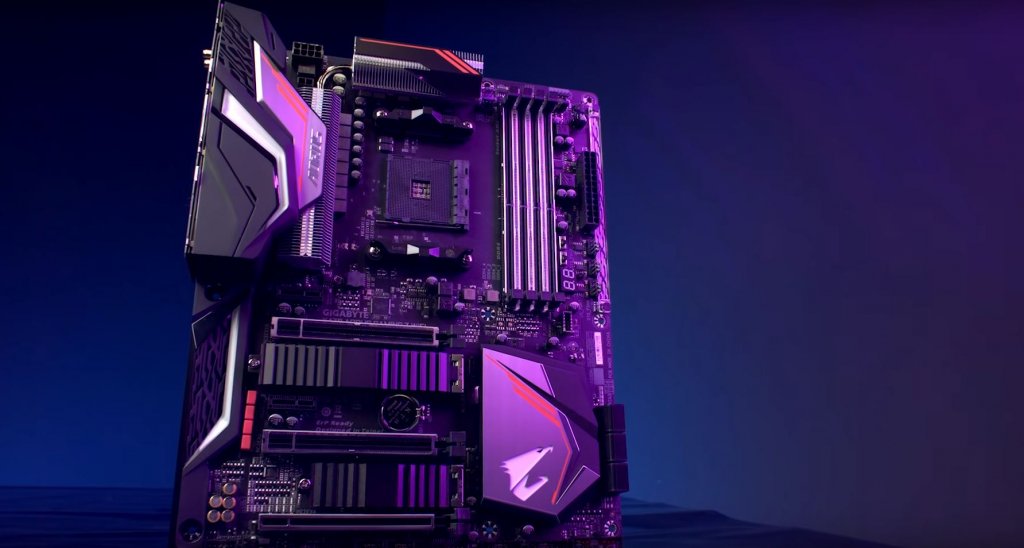
This motherboard, like many on this list, was built with gaming in mind. It comes loaded with customizable RGB and even extra LED strip support if you want to get crazy with it. A lot of gamers just hook their rig up to LAN, but just in case you don’t play right next to your router, this motherboard comes pre-equipped with Wi-Fi support hooked up to its rear plate.
Some of its gamer lingo is a little corny, like the “Team up. Fight on,” plastered on the back, but for the most part, this board has a very sleek, very unique orange-and-black theme. Gaming boards tend to lean in the red-and-black direction more often than not. This is the first time I’ve seen orange used as a primary color in a long time, and I have to say, I like it a lot.
One of the best parts of this gaming board is its heatsink setup. There are massive finned heatsinks attached to pretty much the entire upper left quadrant of the board. You’d have to try very hard to overheat this bad boy. Please don’t test that theory, though. We aren’t encouraging it. We don’t want to get sued.
Outside of those noteworthy features, you’re going to find most of what you love in gaming boards on the AORUS. It has extremely high quality audio ports, lightning fast RAM capabilities, and that delicious AM4 processor slot that your brand new 3rd gen Ryzen will look great in.

